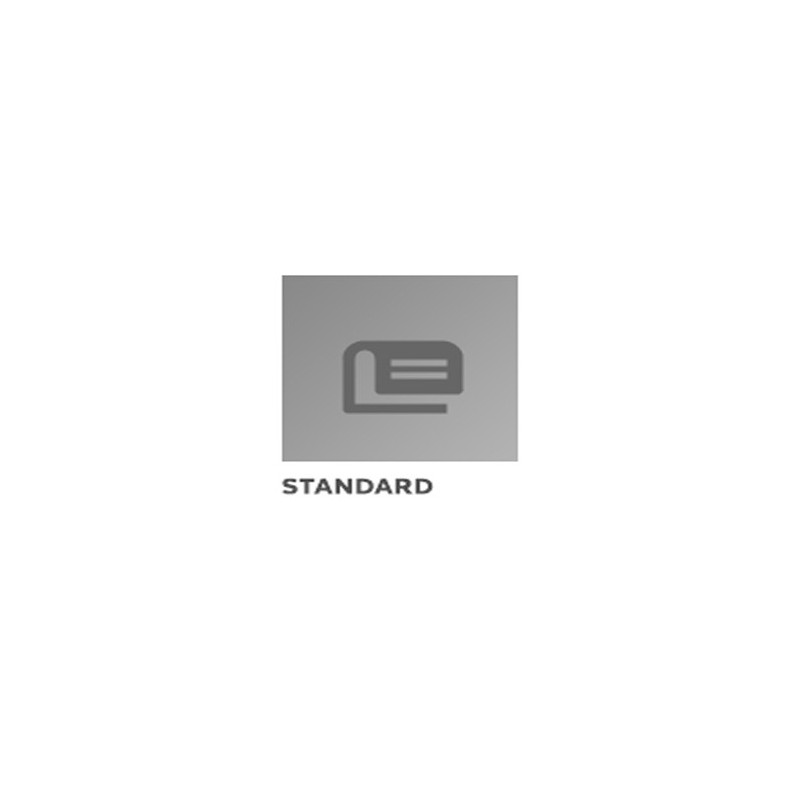- Reduced price
- New



Types:
This standard includes the following types of continuous flow oxygen masks.
a. Open port dilution rebreathing masks.
b. Valved or restrictive phase dilution rebreathing masks.
c. Valved or restrictive phase dilution reservoir masks.
d. Open port or restrictive dilution mask without rebreathing or reservoir bag.
Description:
The masks shall be of an oronasal type covering the nose and mouth, utilizing a continuous supply of oxygen and consisting of the facepiece, valving, mask suspension device, rebreathing or reservoir bag (except Type “d”), supply tube, and including connector and flow indicator (when used).
Definition:
The mask types are defined as follows:
a. Open port dilution rebreathing mask - This is a type of mask incorporating a rebreather bag into which exhaled gases, high in oxygen content from the first portion of the previous exhalation, are introduced to be inspired again upon the next inspiration. Dilution of oxygen flowing into the mask is accomplished by fixed nonvariable orifices incorporated in the body of the mask or system, allowing dilution by introduction of ambient air during inspiration. Valving is not present between the mask facepiece and rebreathing bag.
b. Valved or restrictive phase dilution rebreathing mask - This type of mask may be either of the following:
(1) A mask utilizing a rebreather bag into which a constant flow of oxygen is introduced. A check valve between the mask and ambient air is provided so that the ambient air will not be admitted before the rebreather bag has been depleted. Valving is not present between the mask facepiece and the rebreather bag, or
(2) A mask utilizing a rebreathing bag but incorporating a restrictive sponge or other means which admits dilution air when subjected to a significant decrease in intra-mask pressure. Valving is not present between the mask facepiece and rebreather bag.
c. Valved or restrictive phase-dilution reservoir mask - This type of mask provides the most efficient physiological use of constant-flow aircraft oxygen and may be one of the following:
(1) A mask utilizing a reservoir bag incorporating a check valve between the mask facepiece and reservoir bag to prevent introduction of exhaled gases into the reservoir bag and to assure 100% oxygen in the reservoir. Dilution is accomplished at the later phases of inspiration by a loaded ambient air valve which introduces ambient air following depletion of the 100% oxygen content of the reservoir bag, or
(2) A phase-dilution mask utilizing a reservoir bag with valve between the bag and the mask. A porous restrictive dilution port to provide inhalation of ambient air at a slower rate than oxygen from the reservoir, furthermore permitting the exhaled air to leave the mask.
d. Open-port or restrictive-dilution mask without rebreathing or reservoir bag - This mask is defined as a mask which incorporates dilution ports or restrictive dilution such as by the use of open-cell foam construction or one or more air inlet valves. This mask is not recommended for efficient physiological use of the aircraft oxygen, commensurate with requirements for pilot safety or survival in hypoxic environments at altitude.